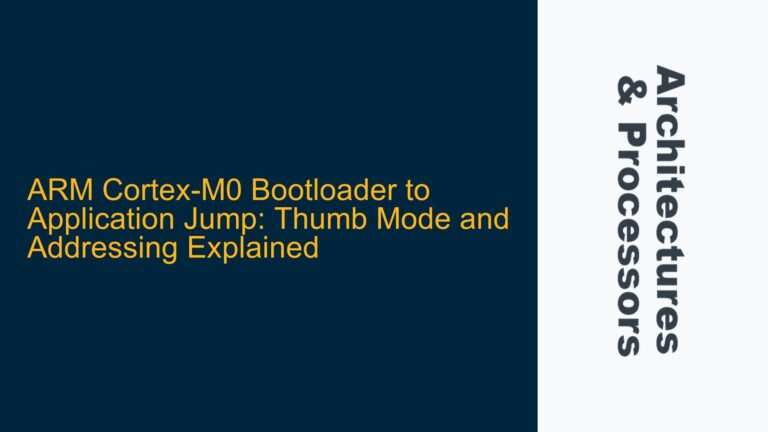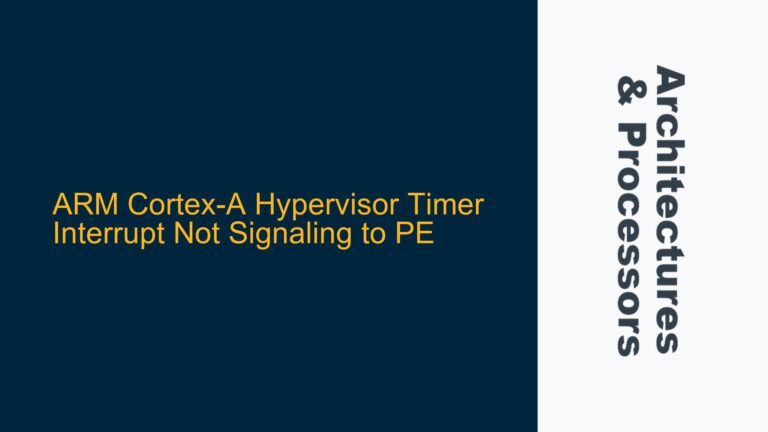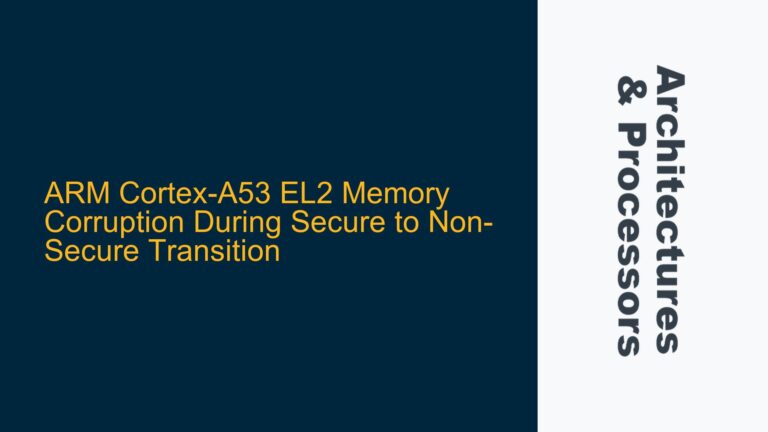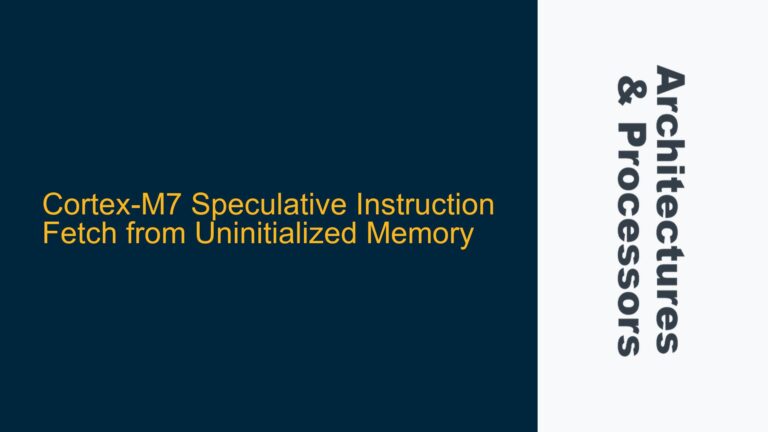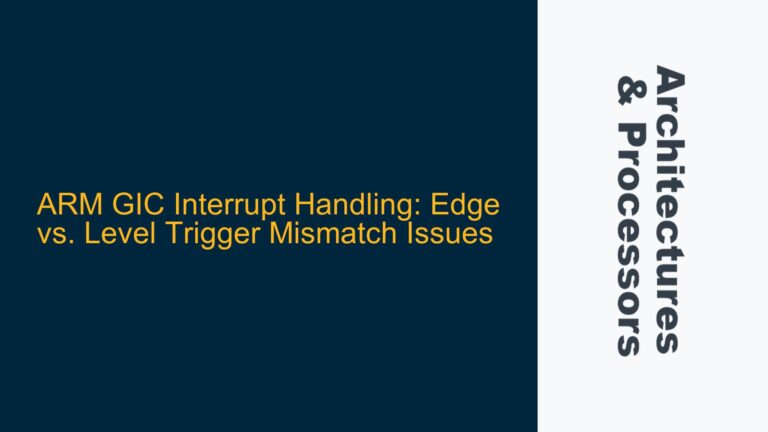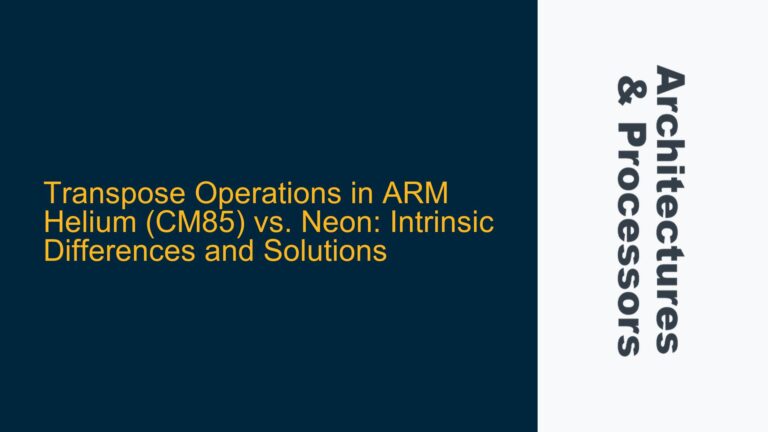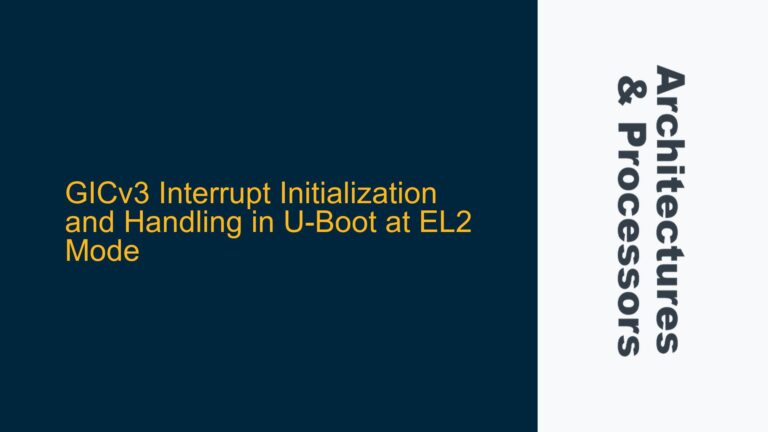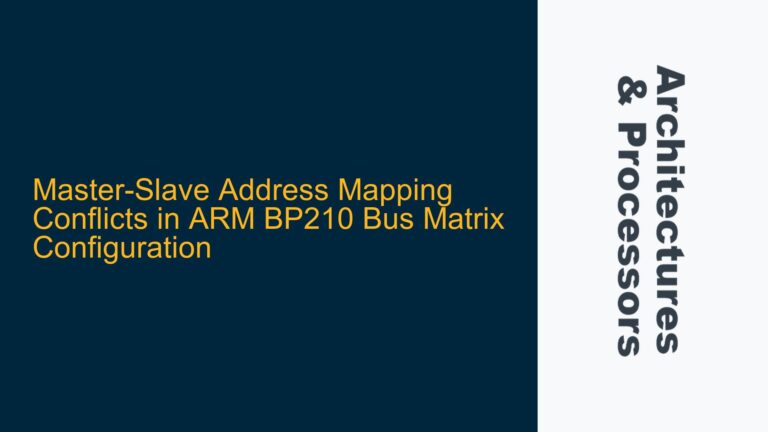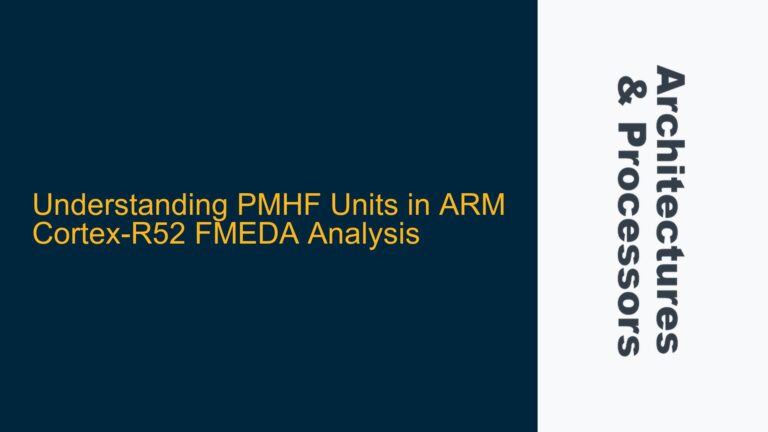ARM Cortex-M0 Bootloader to Application Jump: Thumb Mode and Addressing Explained
ARM Cortex-M0 Bootloader to Application Jump Mechanics The process of transitioning from a bootloader to an application on an ARM Cortex-M0 processor, such as the XMC1302, involves several critical steps that must be meticulously handled to ensure a smooth and reliable jump. The Cortex-M0, being a Thumb-only processor, executes instructions in Thumb mode, which inherently…
